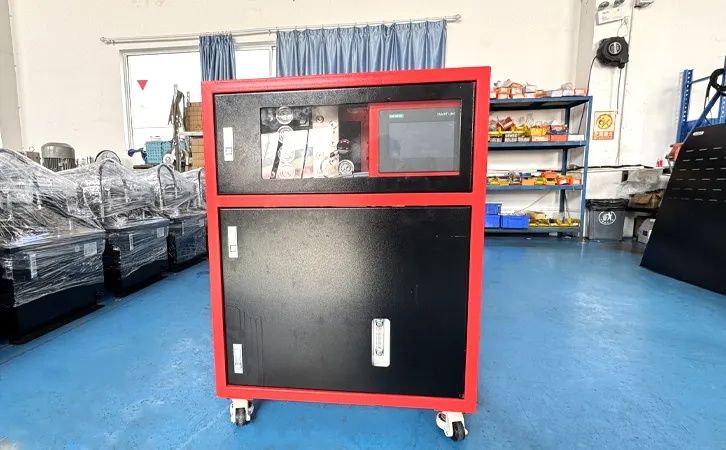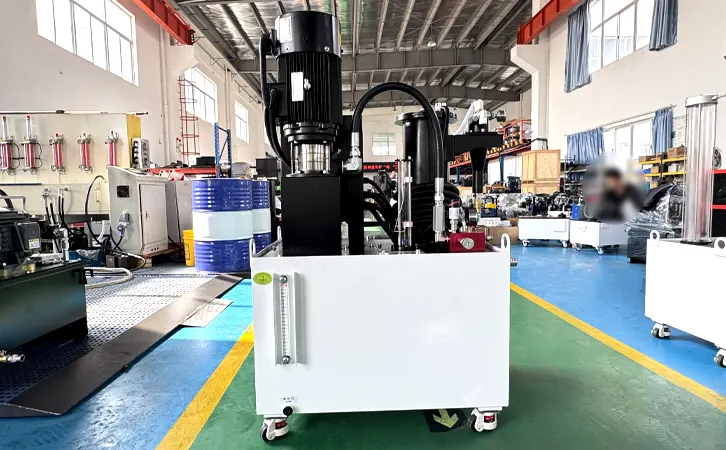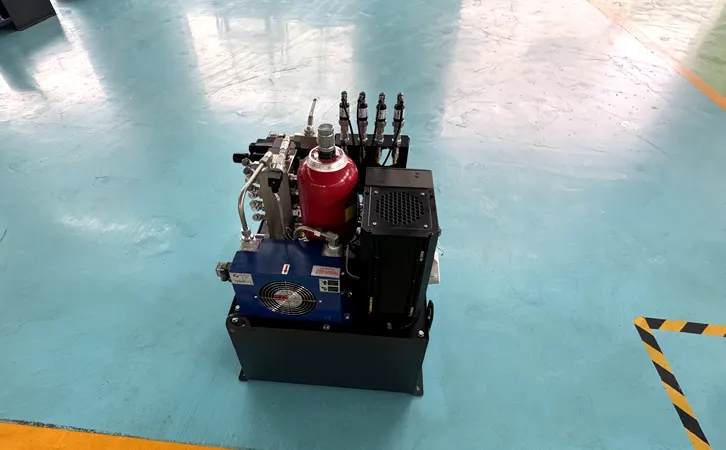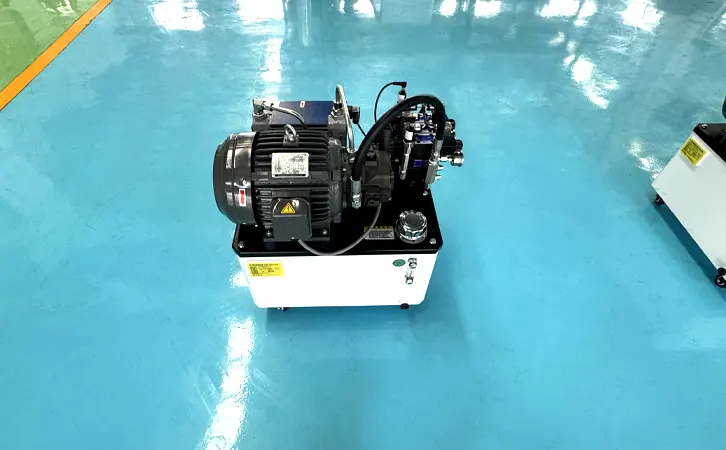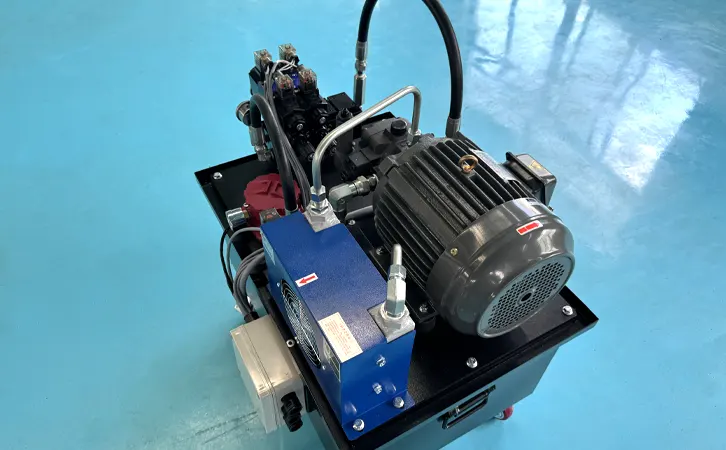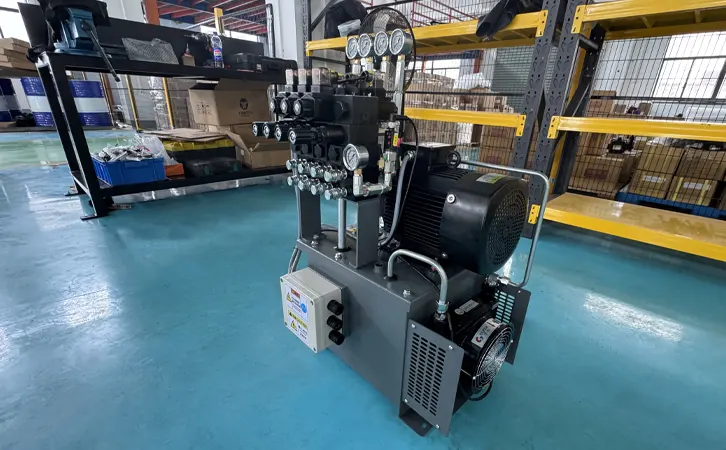What should I do if the oil level of the hydraulic station is not low? _The oil pressure of the hydraulic station is low.
Date: 2024-12-30 Categories: Hydraulic station information Views: 9627
Summary:
The oil level sensor of the hydraulic station is a key component in the hydraulic system and is responsible for monitoring the liquid level of the hydraulic oil to ensure the normal operation of the system. The first step in checking the oil level sensor of the hydraulic station is to disconnect the power supply to ensure safe operation. Next, use a multimeter or other suitable test tool to measure the resistance value of the sensor and compare it with the specifications provided by the manufacturer to confirm whether it is within the normal range.
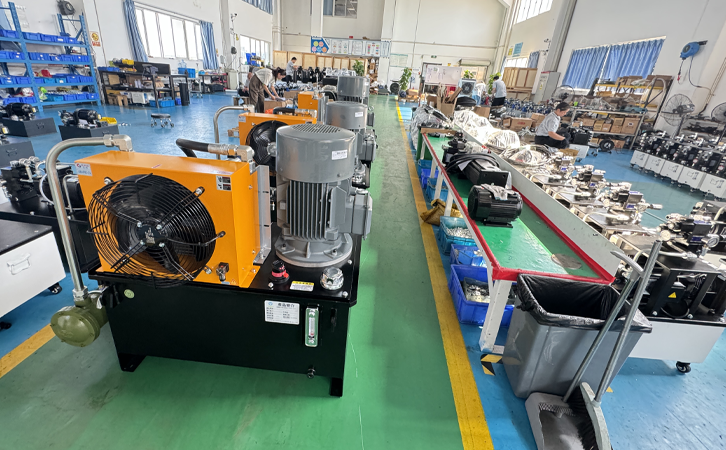
检查液压站油位传感器:确保传感器正常工作
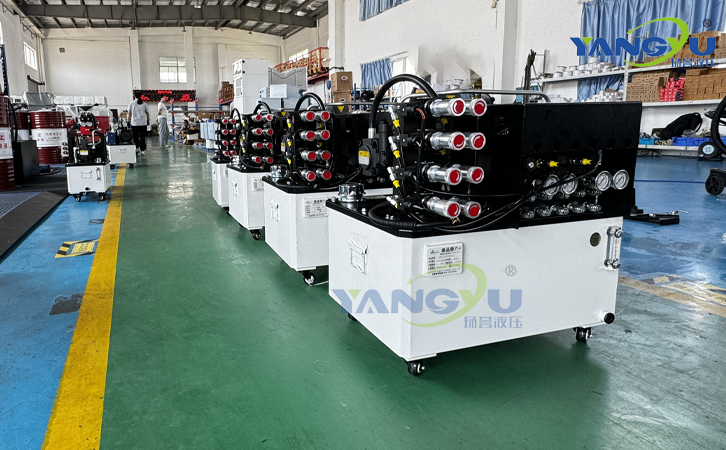
The oil level sensor of the hydraulic station is a key component in the hydraulic system and is responsible for monitoring the liquid level of the hydraulic oil to ensure the normal operation of the system. The first step in checking the oil level sensor of the hydraulic station is to disconnect the power supply to ensure safe operation. Next, use a multimeter or other suitable test tool to measure the resistance value of the sensor and compare it with the specifications provided by the manufacturer to confirm whether it is within the normal range.
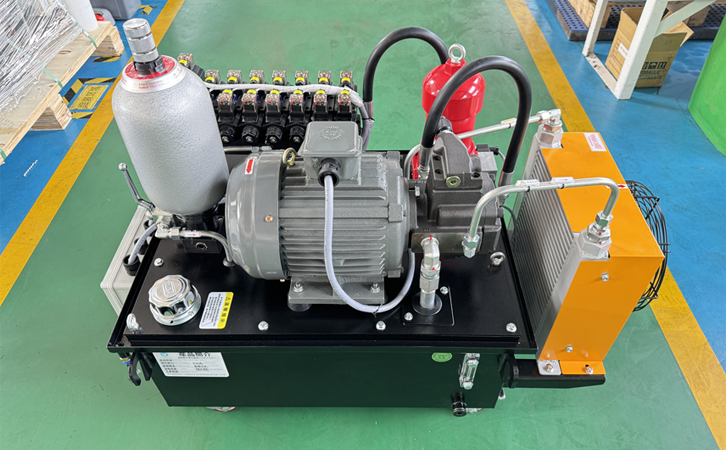
Check the installation location of the sensor and whether the connection line is firm to avoid false positives or failures due to loosening or damage. Clean the surface of the sensor regularly to remove oil stains and impurities to prevent it from affecting its sensitivity and accuracy. If the sensor is found to be working abnormally, such as inaccurate readings or unresponsiveness, it should be replaced or repaired in time to avoid affecting the performance and safety of the hydraulic system.
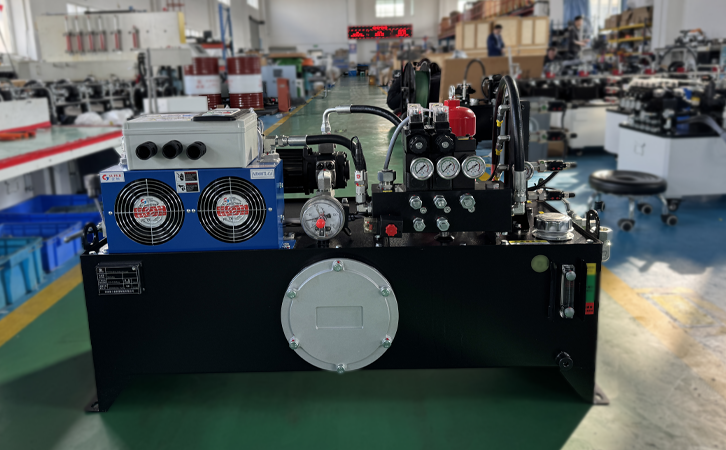
Record the results of each inspection and establish a maintenance log to facilitate tracking of the status and maintenance history of the sensor to ensure that the oil level sensor of the hydraulic station is always in the best working condition.
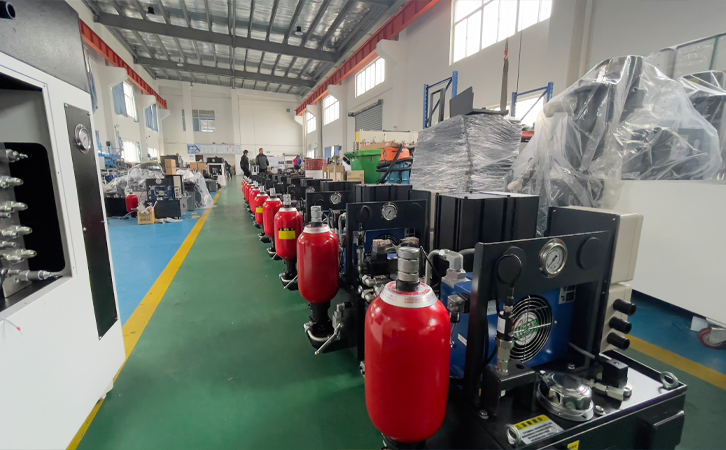
Analyze the reasons why the oil level is not low: eliminate potential faults
油位不低的现象可能由多种因素导致,需要排除的是潜在的故障问题。在汽车或其他机械设备中,油位的高低直接关系到润滑系统的正常运作。如果油位不低,但设备出现异常,可能是油泵工作异常,无法将油液有效地输送到需要润滑的部位。这种情况下,即使油位显示正常,设备也可能因为润滑不足而发生故障。
Checking for oil leakage is also an important step. If the oil leaks, the oil level will not rise even if enough oil is added. Checking the oil pan, tubing joints, etc. for oil stains can help determine whether there is a leakage problem.
Changes in the viscosity of the oil may also affect the oil level. At extreme temperatures, the oil may thicken or thin, resulting in inaccurate oil level readings. Therefore, ensuring that the oil is within a suitable operating temperature range is also an important factor in maintaining the normal oil level.
Sensor failure may also cause inaccurate oil level display. The sensor is a key component for monitoring the oil level. If the sensor is damaged or the calibration is inaccurate, even if the oil level is normal, it may show that the oil level is too low or too high. Regular inspection and calibration of the sensors can ensure the accuracy of oil level readings.


